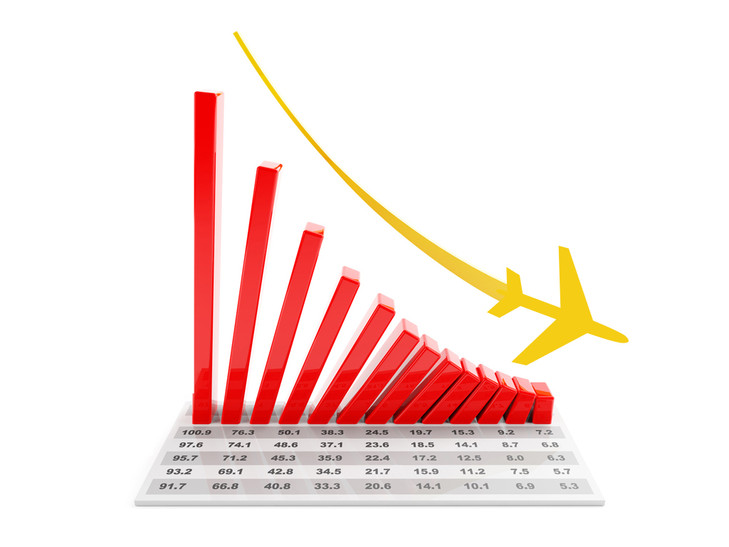
Observing Trump Phenomenon in US Airline Industry Restructuring and Consolidation
(South Korea) on 20 September 2017
by Jaedo Moon (link to original)
The Delta plane I was on for the flight to Detroit — a small aircraft that seats fewer than 100 passengers with a one-person crew — was being used for domestic routes from Washington to Detroit and Milwaukee. I noticed that the aircraft was Canadian-made rather than a Boeing. The Delta Boeing plane that flew us from Detroit to Seoul also appeared to be old compared to planes used by Korean carriers. The number of crew on the plane also seemed to be less than what you would typically find on international flights run by Korean carriers.
So I wondered, what had happened to the U.S. airline industry? Incidentally, I found the answer to my question while reading a Delta magazine. Page 13 had an advertisement that read to the effect, “Please help save American jobs. The United Arab Emirates is subsidizing its carrier with billions of dollars and expanding market shares. American carriers cannot compete with the UAE carrier and are on the brink of bankruptcy, and Americans are losing their jobs.”
The seemingly desperate advertisement was designed to appeal to American patriotism by U.S. carriers going through painful restructuring and consolidation, where even a U.S. carrier, Delta, has been compelled to buy more than 100 aircraft for its domestic routes, not from U.S.-based Boeing, but from Canadian and Brazilian manufacturers. Boeing and Airbus of Europe have also had to shift their focus to manufacturing small and medium-sized aircraft; last year, Airbus did not receive a single order for the A380, their largest flagship aircraft.
I now had a visceral understanding of why Donald Trump’s America First policy and trade protectionism had gained support in the United States. But, alas, I realized that I should have noted the advent of the Trump phenomenon earlier, when I had heard of a factory in Georgia, opened six years before and lauded for creating 80 jobs, which manufactured and exported wooden chopsticks to China. I wondered at the time how it was that the U.S., once so economically dominant, had been reduced to exporting wooden chopsticks while importing computers and high-tech items from China? To further illustrate the point, it was reported three years ago that rich Chinese were paying American women $150,000 to be surrogate mothers so that their children could gain U.S. citizenship.
We can only guess that such stories must have been humiliating for some Americans, whose nation was founded on the principles of industriousness and moral integrity by those fleeing Europe to build a new society. The humiliation and despair that come with the decline in the U.S. economy have been building for years and finally engendered the presidency of Trump, a political outsider. Trump did not win the presidency with his personal appeal alone.
However, the U.S. went through a similar phenomenon in the late 19th century when the country, plagued by weak political leadership, experienced ultra-nationalism, white supremacy and imperialism. At the time, the U.S. met the challenge with technological innovations in the private sector that changed the paradigm of the world economy: Ford Motor Co. revolutionized the transportation sector and Bell Telephone Co., likewise, transformed the communication sector of the economy. The United States will once again meet the current challenge with new innovations and will reset the world economic structure in the process. South Korea ought to be prepared for the coming new economic paradigm.

